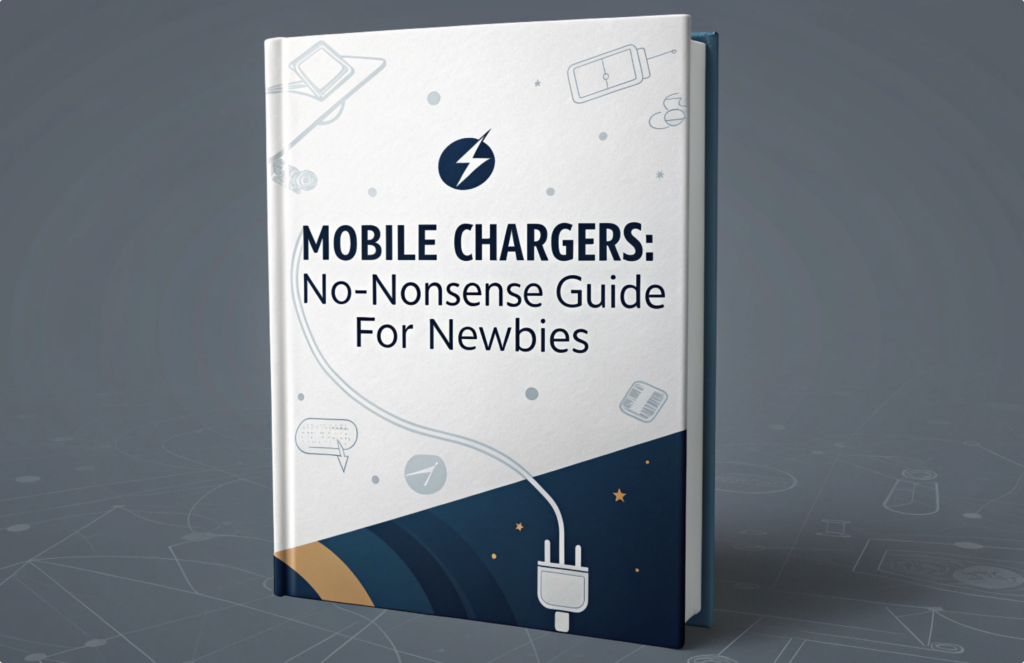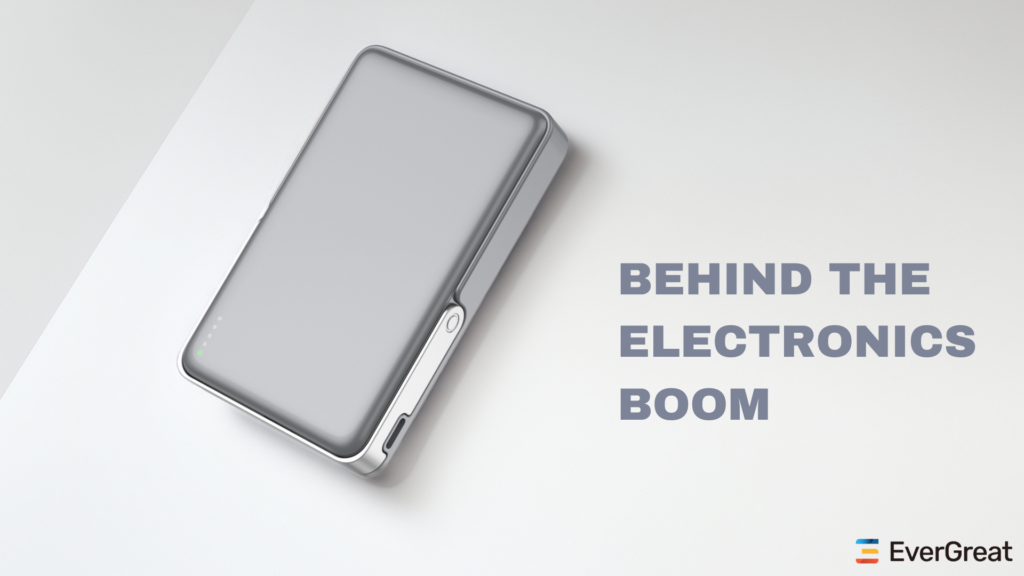
In the realm of modern technology, portable chargers have emerged as an essential accessory, offering the convenience of keeping our devices powered up while on the move. Yet, amidst their ubiquity, a perplexing question often arises: What exactly occurs if you plug a portable charger into itself? In this article, we embark on an investigative journey to unravel the science behind this curious scenario and delve into the potential outcomes in greater detail.
Understanding Portable Chargers
Before delving into the experiment, it’s crucial to grasp the fundamental workings of a portable charger. These compact devices typically feature a lithium-ion battery, intricate circuitry for managing charging and discharge processes, input and output ports (usually USB), and built-in safety mechanisms to safeguard against overcharging, short circuits, and other hazards. When connected to a power source, such as a USB adapter or computer, the charger replenishes its internal battery, storing electrical energy for subsequent use in charging external devices like smartphones, tablets, or laptops.
The Experiment Setup
Imagine a standard portable charger with a USB input port for charging and one or more output ports for charging external devices. In this experiment, we create a closed-loop circuit by connecting the charger’s input port to one of its output ports using a USB cable. This configuration sets the stage for various potential scenarios, each offering insights into the behaviour of the charger under unconventional conditions.
Exploring Potential Outcomes
No Effect:
Many modern portable chargers are engineered with sophisticated safety features to mitigate risks associated with improper usage. These safeguards may include reverse polarity protection, overcurrent protection, and voltage regulation mechanisms. When confronted with the scenario of being plugged into itself, the charger may simply detect the loop and remain inert, effectively entering a standby mode to prevent any adverse consequences.
Short Circuit:
In the absence of robust safety mechanisms, the act of connecting a portable charger to itself could lead to a short circuit. A short circuit occurs when the positive and negative terminals of a power source are directly connected, bypassing the intended load. This sudden surge of current can result in rapid heat generation, potentially damaging the charger’s internal circuitry and posing a fire hazard if left unchecked.
Overheating:
Alternatively, rather than experiencing a complete short circuit, the charger may attempt to operate under suboptimal conditions. In this scenario, energy intended for charging external devices would be dissipated as heat within the charger’s circuitry. Over time, prolonged operation under such conditions could lead to overheating, compromising the integrity of the charger’s components and diminishing its overall lifespan.
Malfunction:
Plugging a portable charger into itself defies its intended design parameters and operating specifications. Consequently, the device may exhibit erratic behaviour or outright malfunction. Symptoms of malfunction could include unpredictable charging patterns, voltage fluctuations, or an inability to hold a charge effectively.
Conclusion In summary, the act of plugging a portable charger into itself presents a scenario fraught with potential risks and uncertainties. While the specific outcome may vary depending on factors such as the charger’s design, safety features, and overall build quality, the overarching principle remains clear: such actions should be avoided to ensure the safe and reliable operation of the device. To safeguard against inadvertent damage or malfunction, it is advisable to adhere to the manufacturer’s instructions and guidelines for proper charger usage. In cases of uncertainty or concerns regarding the functionality of your portable charger, seeking guidance from the manufacturer or a qualified technician is always recommended. By exercising caution and prudence, we can continue to enjoy the convenience and utility offered by portable chargers while minimizing the associated risks.









